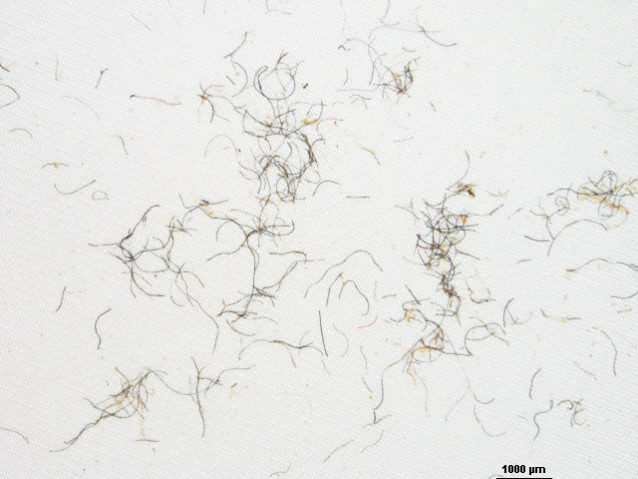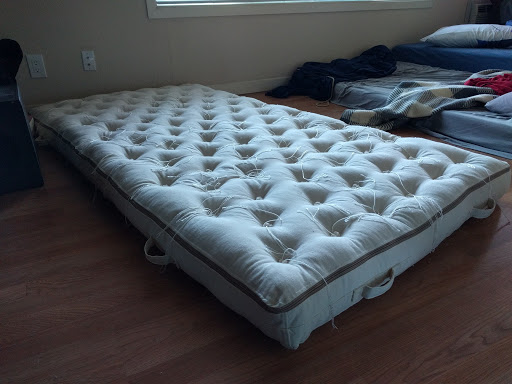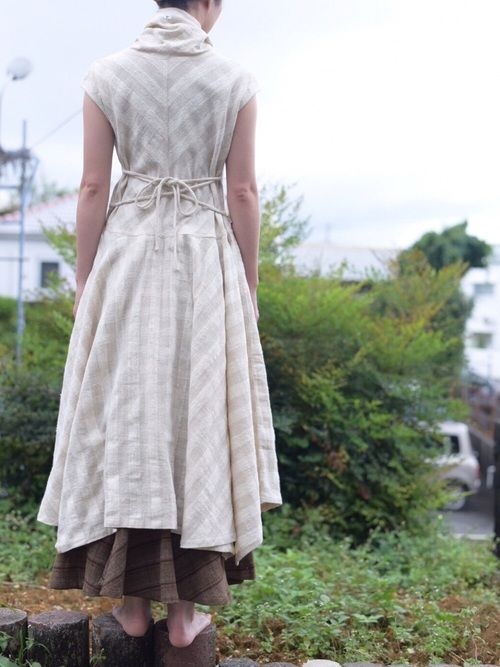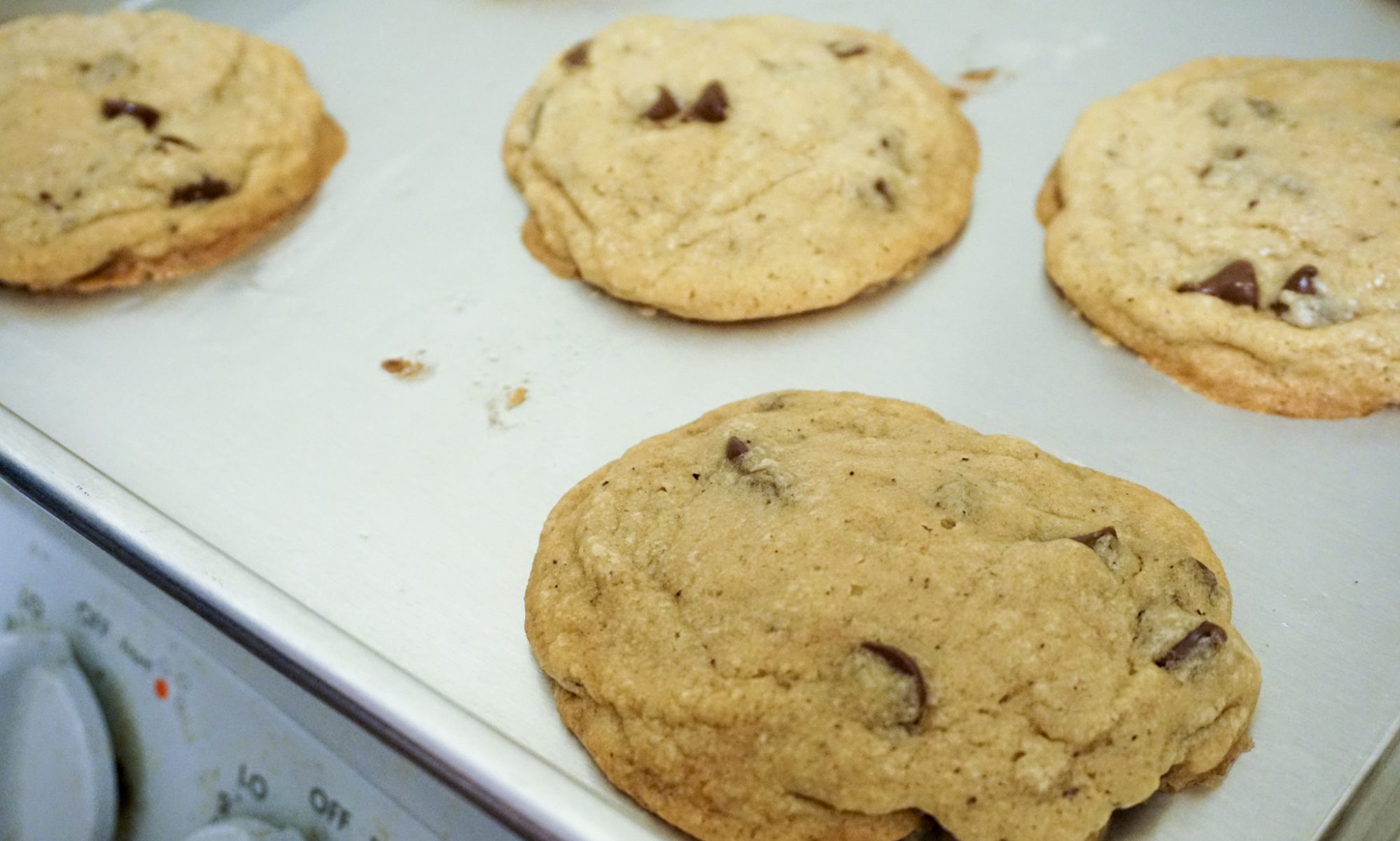I recently finished Dude Making a Difference by Rob Greenfield, of RobGreenfield.tv. The book is a diary-style account of the author’s adventure across the US by bike. He did it as a pro-environmental publicity stunt, to show how little one can really live on. The point was to put into perspective how excessive the average American lifestyle is.
Plastic in tap water and sea water

There is growing concern over the presence of plastic microfibers in the environment. Here is The Story of Stuff on the issue. Basically, when you wash plastic things (clothes, sponges, plastic containers, etc) or when plastic things degrade, they shed little pieces of plastic. These end up going down the drain to water treatment facilities. Unfortunately, most water treatment plants don’t have the means to filter these out, so they get released into local bodies of water and eventually end up in the ocean.

There’s a lot of worry among environmentalists and marine biologists about potential effects on marine ecosystems, upon which humans rely, and the environment as a whole. It seems reasonable to think that if humans eat fish that ate plankton that ate microfibers, humans might experience negative health effects. However, before now, no one knew for sure if people were being exposed.
A recent analysis established that most tap water contains microfibers (94.4% of all samples in the US). Additionally, another project found that sea salt from various parts of the world contains plastic microfibers.
What can you do to help?
- Wash your clothes less. This especially applies to those made of synthetic materials, like polyester, lycra, nylon, spandex.
- Buy clothes made of natural materials, like wool, cotton, linen, hemp.
- Wash your clothes on cold. Higher temperatures cause the materials to break down faster and shed more plastic particles.
- Likewise, line dry your clothes instead of using the dryer.
- Use liquid detergent instead of powder. Powder is more abrasive and causes clothing to shred more.
- Don’t litter. Plastic items, like plastic bags, break down into microfibers in the environment. While it would be ideal to not use these items at all, it’s better for them to be in a landfill than in the ocean. When throwing a plastic bag or other flyaway item away, tie it into a knot first to make it less aerodynamic.
There are other things you can do, but they require more of an investment. You can purchase a washing machine lint filter (I’ve seen this and this recommended). You can also purchase a Guppy Friend, a (plastic…) bag to wash your clothes in. They are supposed to filter out 99% of microfibers.
All the stuff we buy in packaging
Someone new(er) to living low waste asked what types of packaging I still buy. I’m pretty sure the asker just meant categories, like cans, glass jars, milk jugs, etc. However, I found it an interesting exercise and tried to enumerate all the things we regularly buy that come in packaging. I’m not counting durable goods that need some research before purchase, like clothing, shoes, cookware. These types of items can often be found at thrift stores anyway.
To find all the packaging we buy, I walked around the apartment looking in cupboards. I could have looked in the trash, but packages that we go through slowly wouldn’t have been included. But I’m sure I forgot something…
Here is everything that my household routinely purchases in packaging:
Mattress update: Tufting
After lacing, I cut the string so that every desired tuft location had two string ends on the top of the mattress. I loosely tied the ends with a special tufting knot, as described in How to make a cotton mattress.

Before tightening the string fully, I placed rolled up pieces of cotton sliver on the top and bottom of the mattress underneath the string. This helps prevent the string from ripping through the fabric of the ticking (mattress case).
This part was really hard. You have to tighten the string a lot, and each knot has to be tightened the same amount. Otherwise your mattress will be lumpy and uneven. It took me several days to finish this part. My fingers were so sore!!

The final mattress is fine. It’s not amazing, but it’s definitely sufficient. It’s pretty firm, as expected. Unfortunately, there’s very little spring. Maybe I should have added a thin latex core. I hear latex is excessively springy, enough that it’s not usually used alone.
I haven’t slept on the mattress yet, so I’ll report back once the two of us are more familiar! 😀
Mattress update: Lacing

After stuffing the mattress, you need to lace and tuft it. In a mattress, tufting compresses the stuffing to give it a specific feel (for wool, springier and firmer). It also helps hold the stuffing in place. If a wool mattress isn’t tufted, then as you sleep on it, the wool will tend to shift to the edges of the mattress, leaving you in a ditch. And you need to lace before you tuft.
Why am I making a mattress?
Why did I decide to make a mattress? Well, I started researching and kinda went down the rabbit hole…
I’d had my eye on Holy Lamb Organics wool mattress for a long time. It seems like a great company. They use organic cotton and organic/sustainably sourced wool. But the mattresses only come in 4″ and 5″ thicknesses (seemed a bit thin for my then-tastes) and are fairly expensive ($1300 or $1600 for twin XL, depending on thickness).
So I started doing more research into sustainable and some conventional mattress options.
I found several other (seemingly lesser) brands, and then I came across DIY Natural Bedding. This is a company that supplies the parts for people to assemble their own mattresses and other bedding, like comforters and pillows (!!!!). So cool!! And almost all of the parts are sustainable. For example, all their fabric is organic cotton, grown and milled in the US. The wool is basically organic (not certified, but still sustainable).Their latex is organic. They also do custom work, e.g. for furniture.
The DIY Natural Bedding website is rife with inspiration. I figured if I were going to assemble the mattress myself, I might as well go all the way and make the parts myself too. You know I love crafts!
I decided to make a wool mattress, as opposed to latex, for a few reasons. Wool can be raised domestically; latex comes from rubber trees, which only grow in tropical regions. The latex from DIY Natural Bedding, in particular, is from Sri Lanka, which is far away. Latex mattresses last a long time (30 years!), but wool lasts even longer (100 years!!!!, with some maintenance). If I ever decide to dissemble my mattress, it would be easier to repurpose wool than to repurpose a rectangular chunk of latex foam. I am absolutely certain that wool is biodegradable; I’m not sure about latex.
Lastly, wool mattresses are traditional. I know, I know, not a great reason. But I am solidly part of the modern reskilling movement, and think that it’s important to preserve traditional crafts. How to make a cotton mattress is an old document I heavily relied on for construction ideas.
Here’s a cute story about how long wool mattresses last. Here’s another cute story.
My personal care routine
I shower every day, but I don’t use shampoo or conditioner. I “wash” my hair with water alone. This involves wetting my head, then scrubbing my scalp as if I were using shampoo. The scrubbing helps redistribute oils, and remove dirt and dead skin from my hair. I’ve been doing this for about two years. It works best if you have soft water. The minerals in hard water tend to bind to sebum, leaving you with sticky, white, waxy buildup.
Before that, I used baking soda in place of shampoo, which works fine. Before that, I used natural shampoo.

Heat wave alert!
California is having a heat wave today and tomorrow. Around San Jose, it’s supposed to get up to 102°F or so! Whew! It’s time to take extreme evasive maneuvers, which means camping out in air-conditioned buildings!
J and I rarely use the air conditioning (or heat, for that matter). My preference is to leave the windows open at night to bring in the cool air or just tough it out if it’s too warm. If it’s too hot to sleep (usually > 83°F), we turn the AC on for a few hours before going to bed. If it’s too hot during the day even for sitting at a computer, though, I would rather just go somewhere else.
How to go low-waste in the bathroom
This includes bathing and skin-care, mostly.
Tips
- Use less shampoo. For example, focus on shampooing your scalp rather than the length of your hair.
- Shampoo less often. If you shampoo every day, try every other day, then every third day. You’ll find that you can go a whole week with no shampoo!.
- Buy shampoo that comes in a returnable, refillable, or glass bottle.
- Buy your shampoo in bulk (and bring your own container) if you have a extensive bulk store nearby.
- Make your own shampoo. This can be as simple as using bar soap or liquid soap on your hair, or you could make really fancy concoctions.
- Go low or no ‘poo. There are many alternative haircare routines that generate less (plastic) waste, are cheaper, and are better for you.
- Take navy showers. Only have the water on to get yourself wet and to rinse.
- Make your own exfoliating scrub. A classic is sugar and/or baking soda in oil. Commercial scrubs often contain plastic microbeads, which aren’t removed in the water treatment process and end up polluting the environment.
- Use a washcloth, bath brush, natural loofah (compostable) in place of plastic loofahs (those mesh scrubby things).
- Use less soap on your body. Soap up less often. The oils you’re taking off keep your skin moisturized.
- Use bar soap for washing your hands and body in place of body wash and liquid soap. Bar soap can be bought loose (no packaging) or in paper, which can be easily recycled.
- Use oil as lotion. But if you’re using it on your face, make sure to check comeodogenic ratings first. These tell you how likely an ingredient is to cause acne. The lower the number, the better.
- Use a menstrual cup and cloth menstrual pads (or use prescription birth control to get rid of your period).
- Use a straight razor of double-edge razor instead of a disposable razor or razor with disposable heads. Here’s help to get you started!
- As always, don’t use disposables. Question if you really need that disposable item. If you do, then see if you can find a reusable replacement.
It’s been so long since I de-wastified my shower and skincare routines that it’s hard for me to think of suggestions for this. If you have any questions, like what to replace a particular product with, just ask!
Awesome Japanese, ethical, slow fashion clothing brand!!
After the Mahouka movie and my thrift store finds, we browsed the Japantown mall. In the atrium area, there was an amazing Japanese clothing brand~ They were having an exhibition to advertise and sell their products, and I totally got sucked in. Everything was amazing!!! I could tell even from a distance that it was my type of clothing, from the colors to the cut.
The company is called Usaato, a contraction of Usaburo Sato, the designer’s name. It’s a pun: “usaato” also means “rabbit” (although it’s a less common word than “usagi”), which they use in their logo. Here’s their Facebook page (in Japanese) and their USA page, which still has quite a bit of Japanese.

Continue reading “Awesome Japanese, ethical, slow fashion clothing brand!!”
